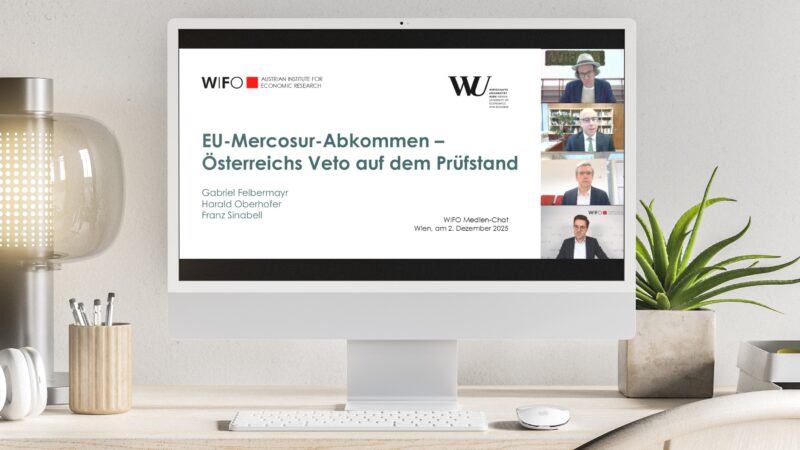
Effects of the COVID-19 Package on Corporate Liquidity
An initial assessment of bank lending shows that the banking industry has contributed to crisis stabilisation and that no additional risks to the economy have arisen from increased lending. The regulatory ratios of the banking sector did not deteriorate over the year, and credit guidelines started to harden not until the second half of 2020.
Furthermore, a semi-synthetic company dataset and a microsimulation model were developed to assess liquidity and insolvency risks for the non-farm private sector in Austria (excluding financial services). The comparison of individual scenarios shows that the COVID-19 support measures successfully reduced liquidity shortages, they reduced employment losses, and also narrowed the liquidity gap to such an extent that, in conjunction with government guarantees, a wave of bankruptcies was prevented.
Publications
Please contact
























